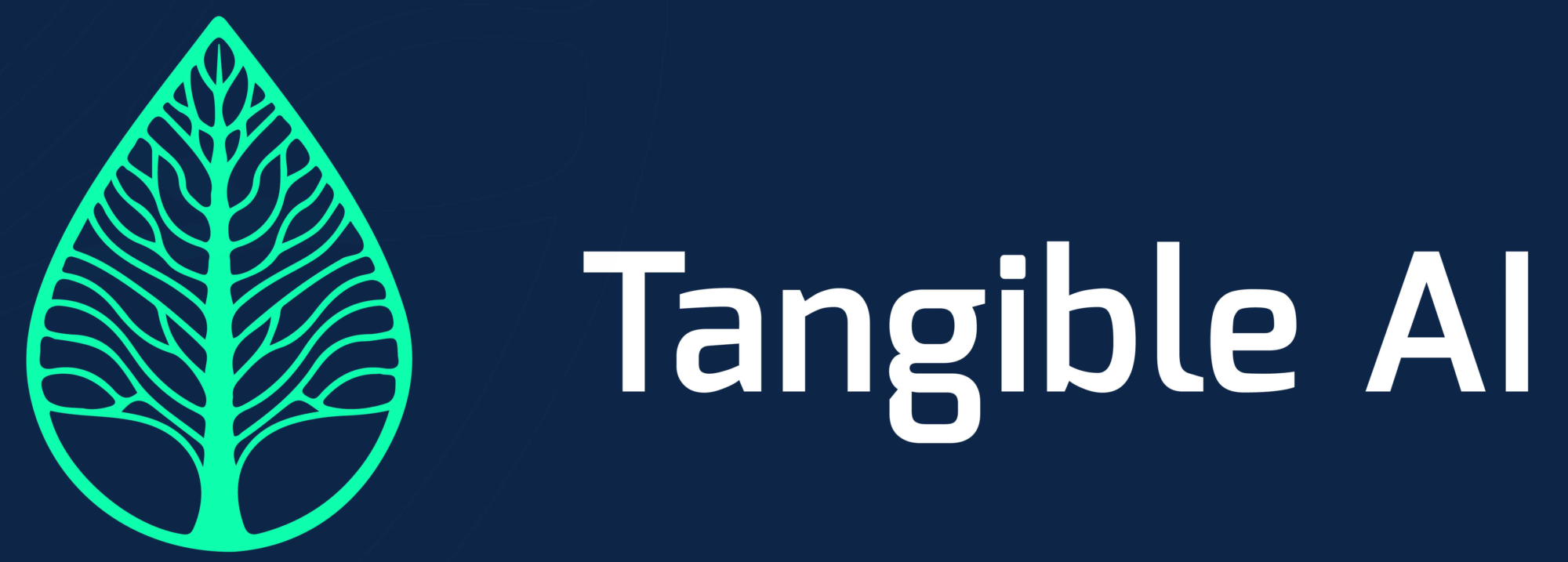Artificial intelligence-powered chatbots have become ubiquitous in today’s world. Increasingly, more non-profit organizations are creating chatbots for different purposes. AI-powered chatbots help fundraising efforts, help assist with education, and provide an artificial support staff that is available around the clock. One of the biggest benefits that non-profits see is that chatbots allow them to scale their impact, serve more people than ever, all without increasing business costs.
In this article, we show you 5 examples of real-world use cases for chatbots that have already been tried and implemented in the nonprofit sector. As you will see, chatbots and artificial intelligence are not distant future – they’re here, and they are here to stay.
Automating Large-Scale Campaigns
Large-scale campaigns typically require a large support base which means putting a lot of feet on the ground. It can be impossible to support the target audience when these many resources are required. Chatbots can automate that support role, providing a low-cost, virtual, and always available experience that is both engaging and interactive.
Recently, the Fight for Future Foundation launched a chatbot to help with their voter registration campaign. Their goal was to increase voter registration and encourage citizens to visit their local polling office and vote. Launching this type of campaign meant a large scale, pro-active outreach, though.
Fight for Future Foundation settled on virtualizing their outreach programs through chatbots. It is estimated that more than 150,000 unique people interacted with their chatbot which resulted in more than 50,000 new registrations. Employing a live workforce to handle numbers at this scale would have been infeasible for almost any organization.
Personalize Support Without Increased Staff
Non-profits require a more personalized support mechanism than any other business segment. NGOs must connect with their audience on a personal level. Yet, scaling to provide that kind of personal interaction can be extremely difficult and expensive. By providing small, digestible pieces of information, and easy-to-use user experience, chatbots can help a targeted audience find exactly the information they need quickly.
Take rAInbow for example. This chatbot is part of a campaign that helps create awareness about domestic violence. That can be a very difficult conversation to have with people, much less convince victims to come forward! Rainbow has created a chatbot that helps people learn more about their cause in a personal way and helps victims come forward.
Connecting to Younger Audiences
Younger generations have fully embraced the web, including all its technologies it has to offer. As a result, millennials (now in the 25-35 year age group) use chatbots more than most. 47% of millennials have reported that they interact with a chatbot regularly. Considering this age group is now the target audience for most organizations, it would be wise to interact with them in a familiar way.
Consider Roo as an example. Roo is a chatbot created by Planned Parenthood that helps young people find answers to sexual and parenting questions. These can be rather personal conversations. Yet Roo can help this target audience 24×7 and has had so much success that it answered more than 800,000 questions in the first 6 months after being launched. Roo has also helped people find new primary practitioners that offer better services and have scheduled more than 1,000 appointments, too!
Increasing Awareness and Advocacy for Organization’s Cause
Advocacy is one of the most important parts of any mission for an NGO. Advocacy is what explains the mission of a non-profit and convinces people to stand behind them. It creates legitimacy. In many cases, though, it can be hard to educate the target audience about crucial and complex subjects. Chatbots can help people learn about any given subject and create a sort of empathy that could not be translated through human interaction. These experiences can be broken down into digestible stories that engage the audience and offer unique resources in understanding.
Mencap’s chatbot, Irene, is a great example of this. Irene acts as a guided example through understanding learning disabilities. It poses common responses that viewers can select in something that almost resembles a game. Yet the language Irene uses is both engaging and informative.
Building an Engaged Community
Engagement is one of the hardest challenges facing any organization, much less non-profits. It can be difficult to get people to listen to how you can help them and get a response back. Farm.Ink understood this problem. They built a chatbot that supports a community of more than 50,000 farmers in Sub-Saharan Africa. Farm.ink’s chatbot connected to Africa Farmers Club group helps farmers find critical information inside the group, hear the latest news, and learn new things.
Other platforms, like Resistbot, are similar but serve a different audience. Resistbot is a real-time notification system for political activism. It will tell people about events in their vicinity and help protesters organize.
Eager to build a chatbot for your own organization? You don’t need an AI expert with a computer science degree to build one for your non-profit. It’s easier than ever today! Tools like ManyChat and Chatfuel let you make a messenger bot in minutes. If you need a more complex tool, one that can listen and respond to natural language, services like Google’s Dialogflow are free and easy to start with.
Do you feel like you need a more complex solution? Contact us and we will be happy to help build out a successful chatbot for your NGO.



Thank you for this informative blog on AI and NLP demonstrating real world and useful examples. I am new to this subject matter and this has provided me with motivation to continue learning.
Thank you for your insight! Really enjoyed the panel you hosted at Global Digital Development Forum 2022.